Want To Achieve Your 2018 Goals? Try A New Approach This Year
As we turn the calendar to 2018, it’s time to set goals for the new year. But first, a quick question: How did 2017 turn out for you? Did you achieve your goals? Or was it another year of disappointment or unfulfilled potential?
Perhaps you’re searching for a structure for goal-setting that really works. Or, you simply want to freshen up your approach. Or, maybe you’re looking to add another tool to your toolbox for working with others. This article is for you. Here are five steps to achieve your goals in 2018.
1. Get clarity on your personal foundation
Setting big goals is pointless if you don’t have a strong personal foundation. I like to say, “You can’t build a skyscraper on a foundation designed for a garage.” Your personal foundation comes from four key elements:
Vision: Where are you going?
Purpose: Why is this important?
Mission: What are you doing?
Values: How will you act?
Clarity on these questions provides direction as well as the perseverance to keep moving forward when obstacles come your way (which is inevitable). If you don’t have statements of your personal vision, purpose, mission, and values in place, take time to develop them now.
(To work on your personal foundation, subscribe to my free email course, Build a Strong Foundation.)
2. Shorten your year
Many annual goals are doomed from the start simply because twelve months is a long time. Complacency and procrastination set in when the finish line is too far off. Changes in circumstances can derail progress or make your initial goals irrelevant or less important than when you first set them.
Use a quarterly cycle to overcome these pitfalls. The shorter time frame brings the finish line closer and increases your ability to focus on desired outcomes. It allows you to recalibrate when major changes come your way. You get a fresh start each quarter, which increases the number of goals you can accomplish in a year.
(For an entire system based on this concept, I recommend “The 12 Week Year: Get More Done in 12 Weeks than Others Do in 12 Months” by Brian Moran.)
3. Create process goals, not just outcome goals
We’re often told that the best goals are SMART goals: specific, measurable, achievable, relevant, and time-bound. To illustrate, let’s use a goal we often see at this time of the year—a weight loss goal:
I will lose 10 pounds by March 31, 2018.
Although this goal meets the SMART criteria, it’s unlikely to be achieved if it stands alone. It’s simply an outcome goal, what you hope to accomplish in the end. What’s missing are the steps it will take to be successful. That’s where process goals come in.
Pairing process goals with outcome goals dramatically increases your likelihood of success. Process goals provide the action steps, habits, or behaviors that are necessary to achieve your desired outcome.
Continuing with the weight loss scenario, here are three examples of process goals:
I will consume no more than 2,000 calories per day.
I will limit desserts to no more than one per week.
I will exercise for 30 or more minutes at least 5 days each week.
What makes process goals powerful is that you have more control over the process than the outcome. Outcomes are vulnerable to external circumstances and conditions that you can’t control. But generally, the right actions and activities lead to the right outcomes and results.
Now let’s apply this concept to a common business scenario, a goal to increase revenue. Here’s an example of how you might pair process goals with an outcome goal for the quarter:
Outcome goal:
I will increase revenue by $5,000 per month by March 31, 2018.
Process goals:
I will make 10 calls to potential new clients each week.
I will spend 30 minutes each day interacting with potential clients on LinkedIn.
I will ask each of my current clients for a referral before January 31.
Clients who use this structure report a higher rate of success in achieving their goals. And in cases where the goal isn’t met, clients say they got closer than they would have without following this process.
4. Establish a weekly planning and review process
I recommend scheduling a weekly self-meeting to review these elements and plan for the week ahead. Start by reading your personal vision, purpose, mission, and values statements. That serves as an important reminder of the big picture: where you want to go and why.
Then, review progress on your outcome and process goals for the quarter. Some can be evaluated with quantitative measures (i.e., number of contacts, days, dollars, etc.). Others are more subjective. A red-yellow-green grading system may suffice in those cases.
Finally, transfer action steps from your process goals to your calendar. That’s right, schedule them. Setting aside time during the week to work on these priorities increases your chances of getting them done. Many clients find it helpful to schedule recurring blocks of time each week to focus on their process goals; otherwise, their calendar is consumed by tasks and meetings that don’t move them toward their goals.
5. Get a coach!
The entire goal-setting process is tailor-made for partnering with a coach. Your coach will help by asking questions that bring clarity and focus. Your coach may spot gaps or weak links in your process, or help you explore possibilities you hadn’t considered. He or she adds the all-important element of accountability.
I’m going to share my goals with a coach throughout 2018. What about you?
This article was first published on the Noomii blog on January 2, 2018.









